

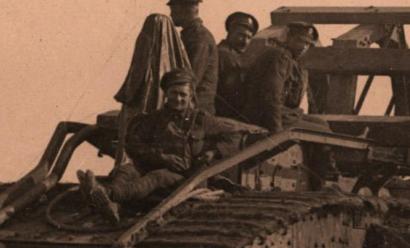
Article
Hundred Days Offensive: Fighting to End the War
In collaboration with US WW1 Centennial Commission
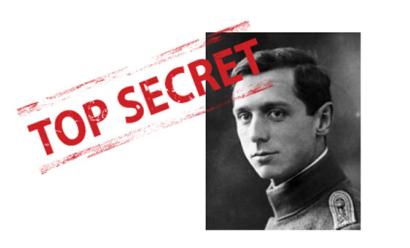
Downloadable Lesson Plan
In Their Shoes: World War I Through the Eyes of Early Participants
MacArthur Memorial
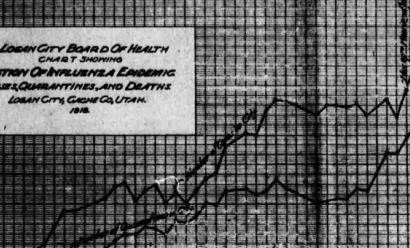
Selected Articles
Topics in Chronicling America: Influenza Epidemic of 1918 (Spanish Flu)
Library of Congress
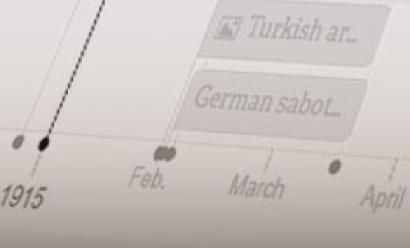
Interactive Timeline
Interactive WWI Timeline
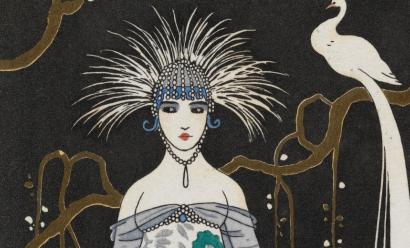
Online Exhibition
French Fashion Plates from 1912-1914: Intricate Illustrations of Parisian Costumes
Chester Beatty Library
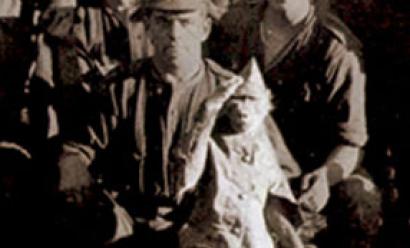
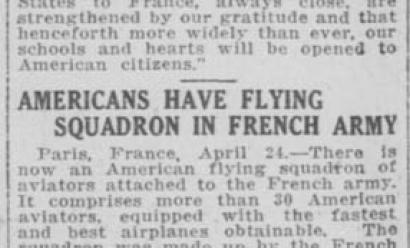
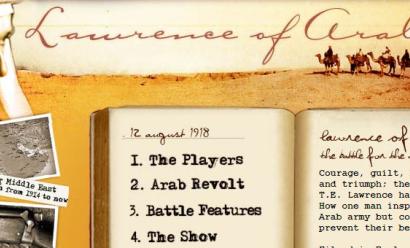
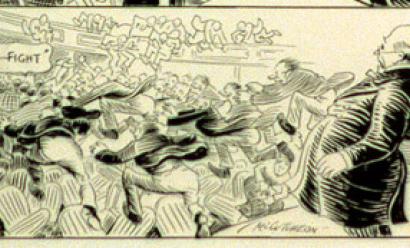
Downloadable Lesson Plans, Primary Sources
Why did Congress reject the League of Nations?
Stanford History Education Group

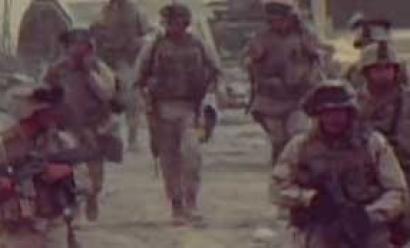
Downloadable Lesson Plan
Lessons of Liberty: Patriotism - Analyze WWI Propaganda Posters
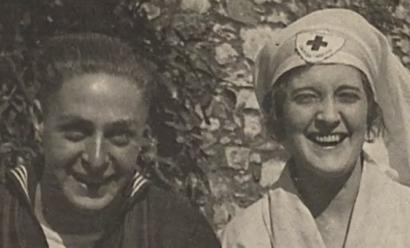
Downloadable Lesson Plan
National Veterans Day Project: Lest the Ages Forget
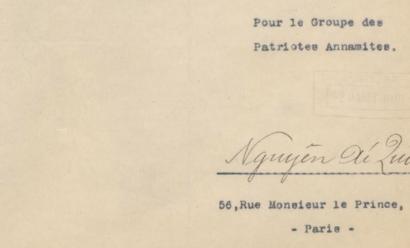
Primary Source Letter
Letter from Ho Chi Minh to Secretary of State Robert Lansing
National Archives
Pagination
- First page
- Previous page
- …
- 8
- 9
- 10
- 11
- 12
- …
- Next page
- Last page
